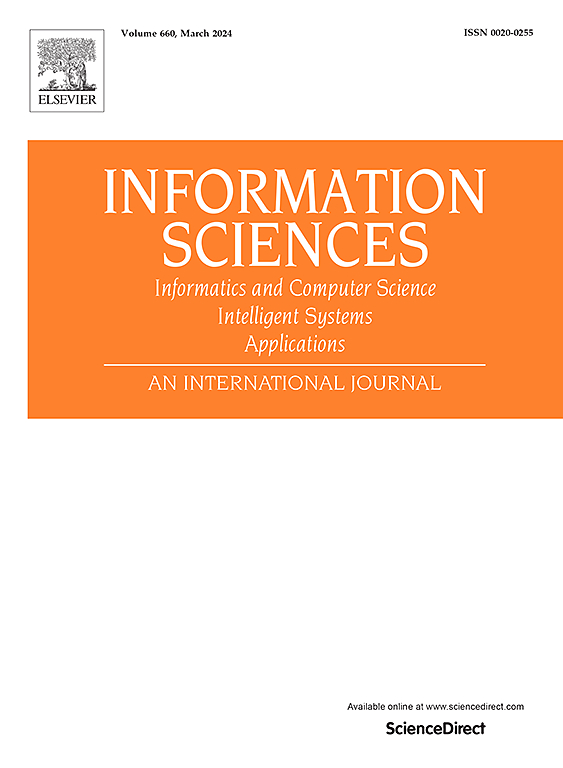Transferable adversarial attacks on human pose estimation: A regularization and pruning framework
IF 6.8
1区 计算机科学
0 COMPUTER SCIENCE, INFORMATION SYSTEMS
引用次数: 0
Abstract
Human Pose Estimation (HPE) is a core component in real-time decision systems, supporting critical applications such as healthcare monitoring, autonomous driving, and sports analytics. While deep learning models—particularly CNNs and Transformer-based architectures—have significantly improved HPE accuracy, they remain vulnerable to adversarial perturbations that subtly distort keypoint localization, thereby undermining system reliability. To address this challenge, we propose regularization and pruning transferable adversarial attack (RPA), a novel framework designed to enhance the transferability of adversarial samples in Transformer-based HPE models. RPA integrates two synergistic strategies: gradient regularization, which suppresses dominant feature correlations to reduce overfitting, and adaptive weight pruning, which removes redundant parameters to reduce model-specific noise. This dual mechanism enables the generation of transferable adversarial attacks that are effective across diverse model architectures. Extensive experiments on state-of-the-art HPE networks demonstrate that RPA consistently outperforms existing attack methods. In white-box settings, RPA reduces average precision (AP) by 0.05-0.30; in black-box scenarios, it yields AP drops of 0.01-0.04. These findings expose critical vulnerabilities in IoT-enabled HPE applications and establish a new benchmark for evaluating adversarial robustness in real-time perception systems.
对人体姿态估计的可转移对抗性攻击:一个正则化和修剪框架
人体姿态估计(HPE)是实时决策系统的核心组件,支持医疗监控、自动驾驶和运动分析等关键应用。虽然深度学习模型——尤其是cnn和基于transformer的架构——已经显著提高了HPE的准确性,但它们仍然容易受到对抗性扰动的影响,这些扰动会微妙地扭曲关键点定位,从而破坏系统的可靠性。为了解决这一挑战,我们提出了正则化和修剪可转移对抗性攻击(RPA),这是一个新的框架,旨在增强基于transformer的HPE模型中对抗性样本的可转移性。RPA集成了两种协同策略:梯度正则化(抑制主导特征相关性以减少过拟合)和自适应权修剪(去除冗余参数以减少模型特定噪声)。这种双重机制能够生成可转移的对抗性攻击,这种攻击在不同的模型体系结构中都是有效的。在最先进的HPE网络上进行的大量实验表明,RPA始终优于现有的攻击方法。在白盒设置中,RPA将平均精度(AP)降低了0.05-0.30;在黑盒场景中,它产生的AP下降为0.01-0.04。这些发现揭示了支持物联网的HPE应用中的关键漏洞,并为评估实时感知系统的对抗性鲁棒性建立了新的基准。
本文章由计算机程序翻译,如有差异,请以英文原文为准。
求助全文
约1分钟内获得全文
求助全文
来源期刊

Information Sciences
工程技术-计算机:信息系统
CiteScore
14.00
自引率
17.30%
发文量
1322
审稿时长
10.4 months
期刊介绍:
Informatics and Computer Science Intelligent Systems Applications is an esteemed international journal that focuses on publishing original and creative research findings in the field of information sciences. We also feature a limited number of timely tutorial and surveying contributions.
Our journal aims to cater to a diverse audience, including researchers, developers, managers, strategic planners, graduate students, and anyone interested in staying up-to-date with cutting-edge research in information science, knowledge engineering, and intelligent systems. While readers are expected to share a common interest in information science, they come from varying backgrounds such as engineering, mathematics, statistics, physics, computer science, cell biology, molecular biology, management science, cognitive science, neurobiology, behavioral sciences, and biochemistry.
 求助内容:
求助内容: 应助结果提醒方式:
应助结果提醒方式:


